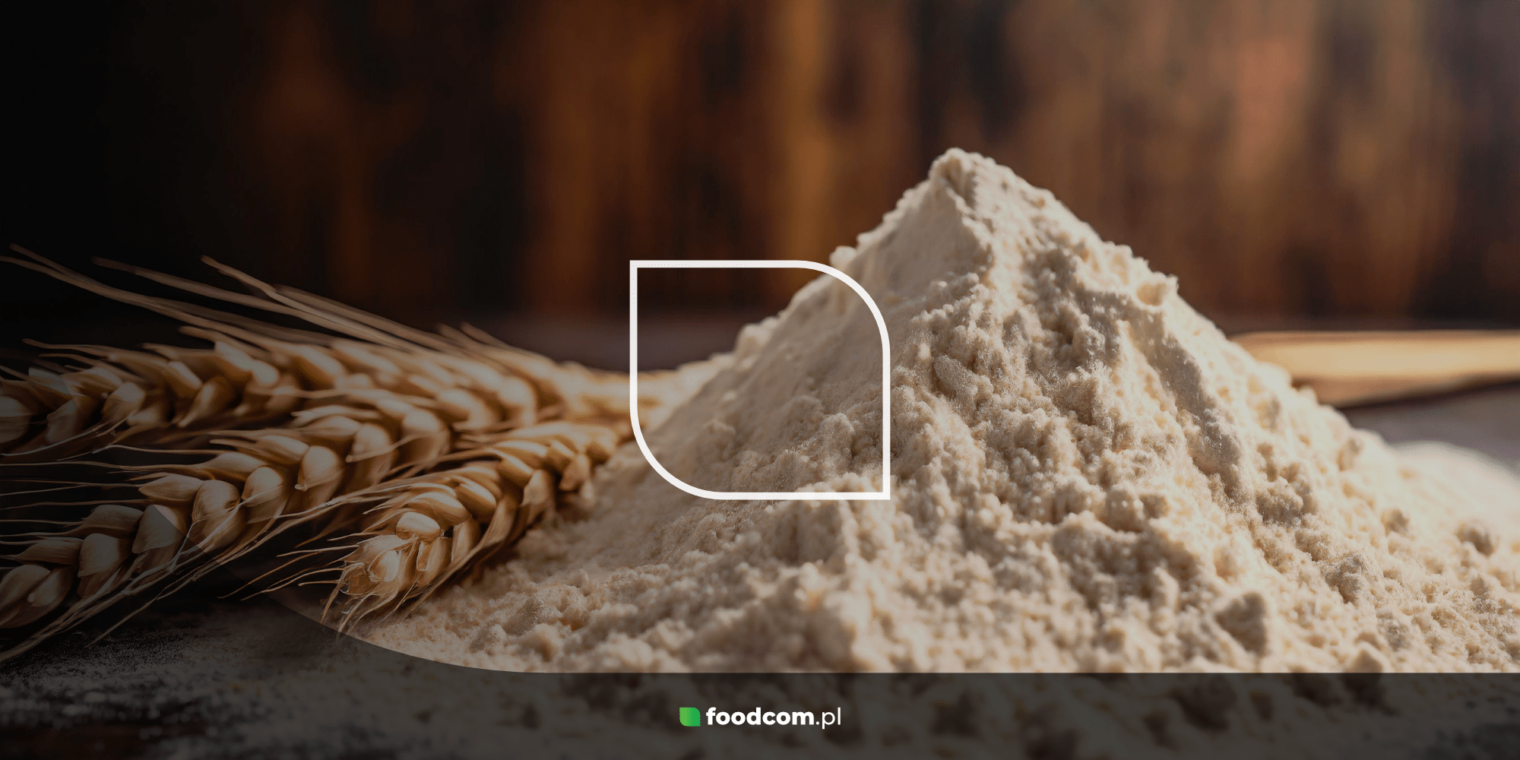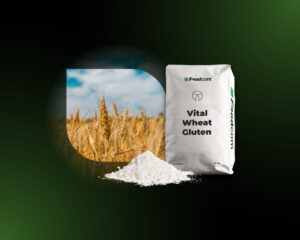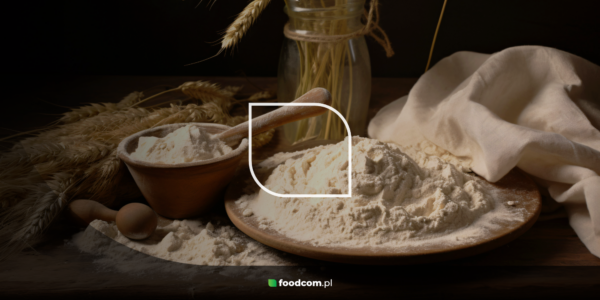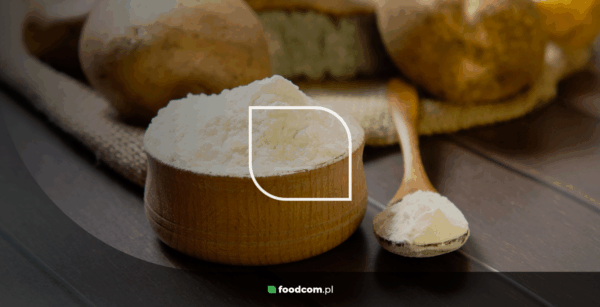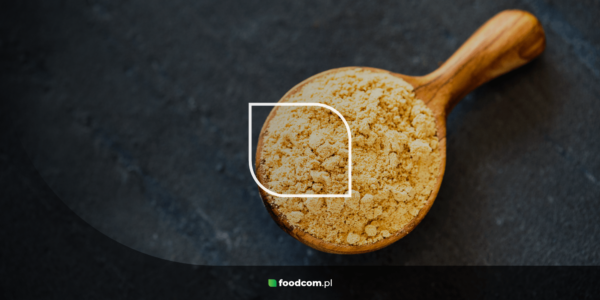Potato and wheat are among the most consumed crops in the world. A fresh potato can be used in an abundance of ways, but they have common use in the food industry. They are a great source of protein with low cholesterol, useful in energy and sports nutrition. Potato starch can be used as a binder and mixer, but also as a solution for thickening sauces or soups, for example. The potato protein market is expected to exceed nearly $170 million by 2024, growing at a CAGR of 7% over the next few years. Wheat, likewise, is one of the most widely grown crops in the world. If the value of the total grain trade were determined, wheat would still rank first. It is primarily processed into gluten, protein, or flour. Because of its many uses, it is indispensable in both the food and animal feed sectors. In 2020, the wheat trade is estimated to have been around 759.5 million MT, and the market is expected to grow by 4.1 percent over the next four years.
The great value of a potato
Potatoes are also widely used in the feed market due to their high-protein content compared to other available plant-based products. Potato protein fed to animals induces muscle growth, and digestibility is excellent, as it is approximately 90%. The creamy texture is similar to that of fish meal and milk powder, making potato a strongly sought-after product in the animal nutrition industry. It is recognizably used in livestock feed. In addition to all these important properties, orders for potato protein from other users have increased significantly, especially this year. Wheat is one of the main sources of products for a variety of world markets. The main problem is posed by the food industry, as the price of a loaf of bread, for example, has increased. Gluten is a concentrate that makes up 60% of wheat content, and is mainly used for bread, pasta or confectionery. Now that wheat prices are skyrocketing and demand is increasing, we see the fear in the industry.
How was 2021 different for potato harvest?
The leaders in wheat and potato production are China with over 133.6 million tons of wheat and 78 million tons of potatoes, India – 104 million tons (W), 53 million tons (P), and the United States with about 22 million tons of potatoes produced in 2020 and 52 million tons of wheat. The heavy rains and floods that occurred in China in July 2021 had an extreme impact on the potato harvest, as temperatures at the beginning of the year were also too low for proper plant development. As a result, the crop was of poor quality and was affected by fungi and bacteria. The European potato happened to have similar problems. On top of that, a significant percentage of the supply was suitable for processing potato starch but not protein.
After harvest, producers sold their supplies to traders who filled their warehouses for later in the year, waiting for prices to rise. These supplies are now mostly sold out, as purchasers must prepare for the rest of the year, and what supply is left from last season is at an unworkable price. Although the market cooled somewhat a few months ago, prices are now rising rapidly again and will not go down due to the aforementioned lack of supply from producers and manufacturers. In addition, logistics chains have collapsed internationally due to increased costs from COVID-19, the Russian invasion on Ukraine, and staff shortages are compounding the impact. Now, the price of natural gas to dry the product has increased dramatically, and the fuel cost for transportation is also very unstable.
Substitutes for potato
All the aforementioned factors, the shortages, and rising prices, forced manufacturers to seek for substitutes of these widely used commodities. So, when it comes to alternative sources of protein, we can recommend these:
Corn
This product can be a great choice because its production in Poland is increasing, even by 36% since 2013. Its protein content is 1 g higher than potatoes, and has the same gram content of carbohydrates. Maize has significantly less sugar than potatoes, 8.1 g of fiber, and contains 5.3 g of fat. It is also a great source of energy for pigs. However, only a limited amount should be fed to cattle or chickens, as it can have a negative effect on their health.
Wheat
Despite its well-known shortage too, it is important to mention could also be a good substitute due to its similar nutritional content. It contains 5 g more protein/100 g dry weight than potatoes, the fiber content is the highest among the above-mentioned nutrient sources (14 g), and the carbohydrate content is also very similar to that of potatoes. Unfortunately, the great shortage is predicted to remain until the next harvest season, some are now calling this product “a Golden Unicorn” of the market, since it is so inaccessible.
Soy
A product to consider could also be soy protein, as it contains almost 42 g per 100 g of the product. Peas also contain the most of it per hundred grams of dry weight (21.6 g). These also have twice as little carbohydrates as potatoes, the fiber content is higher (13.1 g) compared to 10.5 g for potatoes, and they generally have the most minerals and fatty acids among other vegetable products. Soybeans are an excellent feed for cattle and swine, especially as a source of energy. It is also recommended for pets as it helps with cancer prevention and weight control. The approximate price for our Soy Flour in Q1 was 850 EUR/MT.
Sunflower
The best alternative product for use in animal feed is currently sunflower flour, as it contains over 20 g of protein and the price is currently almost 4 times lower than potato protein. Other nutritional contents include: 51 g fat, 9 g fiber, and 20 g carbohydrates. Sunflower is grown mostly in Ukraine and Russia, as well as in the EU, so this region can exactly meet its needs with sunflower products. But due to the conflict there, production will be limited, and export even more, so it is unpredictable what will the situation be in the market next year.
Reasons for the increase in wheat prices
Inflationary prices are currently affecting the entire world economy. The price rise started with the shutdown we had two years ago, caused by the start of the coronavirus pandemic. Closed factories blocked supply chains causing distortion in the economy, the consequences of which we saw at the end of 2021, and unfortunately will continue to see. Last week, the UN’s Food and Agriculture Organization of the UN stated that we will see „a new all-time high” in food prices, with records in February in plant-based fats (8.5% growth) and dairy products (6.4%). It is confirmed that the above problems are additionally influenced by the conflict in Eastern Europe. Ukrainian and Russian wheat production together contributes to 25% of the global harvest of this staple food. The situation may have an impact on crops focused on cultivation. In fact though, it was announced by the Ukrainian Ministry of Agriculture that the sowing area forecast is to fall only 30% than the statements from February that forecasted a doubled decrease. However still, the closure of international ports, the rise in transport prices, and the constraints imposed by climate change, also have a major impact on the market.
What can be used instead of wheat gluten?
Gluten in general has properties that stand out from other processed plant-based products. It is a protein extracted from wheat, but it acts as an adhesive that holds together the shape of food. As a substitute for wheat gluten, we can turn to other grains, such as rye or barley. These are popular sources of gluten protein. Though when it comes to plants, corn starch along with potato flour (starch) are highly recommended as thickeners. These are used effectively in the production of gluten-free bread. When it comes to prices for these products in Q1 2022, they are: Native Corn Starch 950 EUR/MT, and Native Potato Starch 850 EUR/MT, which is 70% less than the price of VWG on the market right now. However, it is important to remember that there is a shortage of potatoes in the market, which means that the starch is also problematic to find available, we have this in stock, though. Other products we recommend that have similar qualities to gluten are xanthan gum or guar gum. They show comparable results when used as a substitute for gluten.
